Wolf 1061c is just a few blocks away, cosmically speaking, and alien seekers have begun a long-term campaign to look for signs of life there.


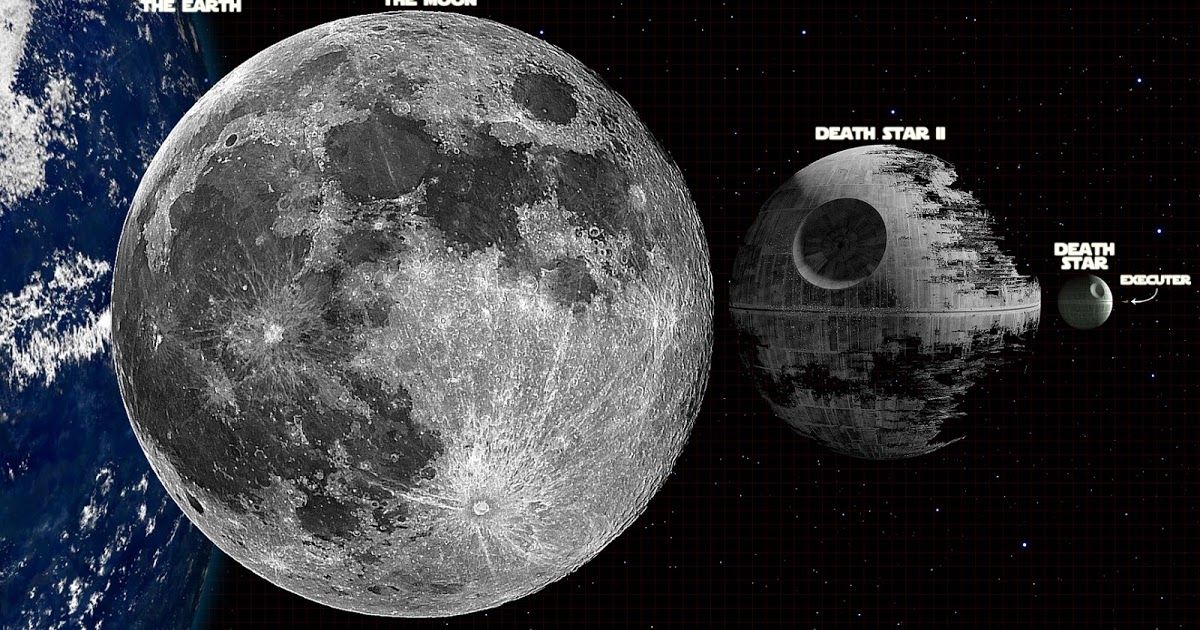
I never heard of this sort of making bubbles. And the details given are slim. Anyone here of this?
The first Death Star had a diameter of between 140 and 160 kilometers. The second Death Star’s diameter ranged from 160 to 900 kilometers.
There are two near term technologies which could be applied to making Death Star sized structures:
1. Space bubbles
2. Robotic spiderfab construction
Giant Space Bubbles
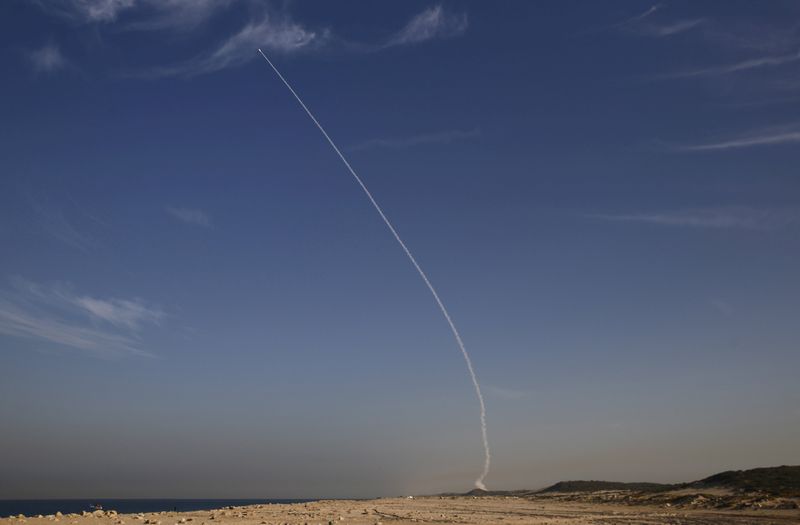
TEL AVIV, Jan 21 — Israel has upgraded its missile defence system so that the country can be protected from the ground to outer space.
The latest addition, the Arrow 3, became operational on Wednesday. The system has a range up to 2,400 km and can be used as an anti-satellite weapon. It was co-developed by Israel Aerospace Industries and Boeing Co.
An ‘Arrow 3’ ballistic missile interceptor is seen during its test launch near Ashdod, Israel December 10, 2015. — Reuters picThe bottom tier of Israel’s missile defence system is the Iron Dome interceptor, which is designed to destroy short-range rockets and artillery shells fired up to 70 km away. The second tier of the system is David’s Sling, which is designed to shoot down mid-range, lower-altitude missiles. The Arrow 2 is designed to intercept missiles in low to high atmosphere.
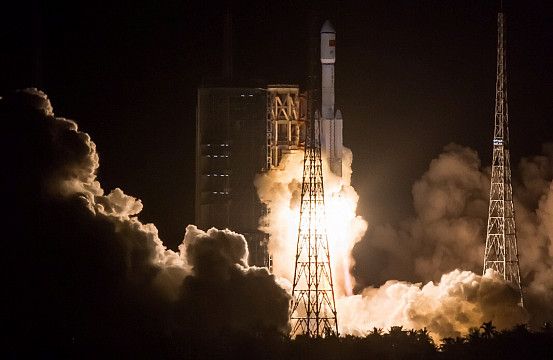

HOUSTON, Jan. 18, 2017 /PRNewswire/ — Made In Space and Axiom Space today, announce an agreement to be users and providers of one another’s capabilities to manufacture products in space. Made In Space is the only company to produce 3D printed products in Space and Axiom Space is the leading developer of the world’s first privately-owned commercial space station. This collaboration signifies Made In Space’s exciting transition from research phase, to manufacturing for commercial customers.
The companies have been working out the logistical elements of in-space manufacturing, outfitting the in-space factory with equipment, utilities, power, and thermal management to answer customers’ growing demand. In parallel to the manufacturing element, the companies are working together to plan the delivery of completed products to Earth, ensuring their quality during flight and upon arrival.
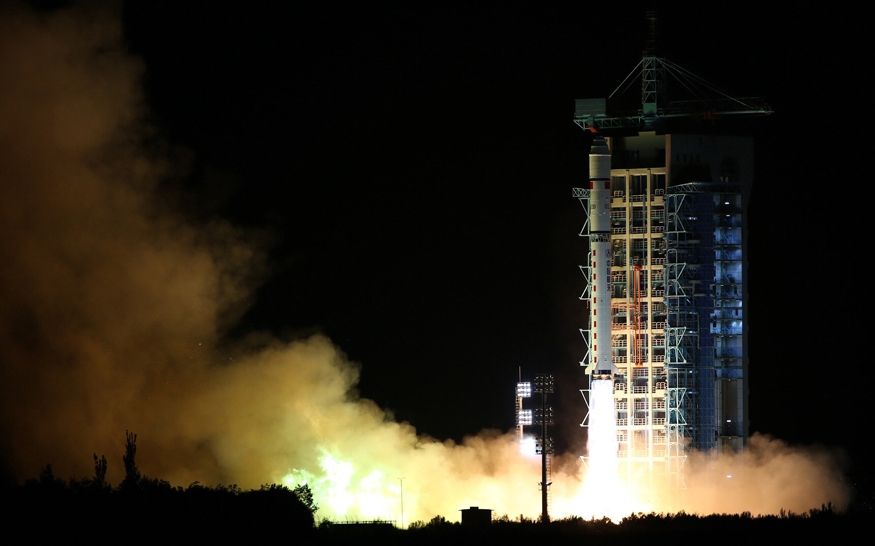
China will launch a satellite this year to gather electromagnetic data which may be used in monitoring and forecasting earthquakes.
According to China’s earthquake administrative agencies on Tuesday, the satellite will be launched in the latter half of this year, Xinhua news agency reported.
Movements of the Earth’s crust generate electromagnetic radiation which can be observed from space.
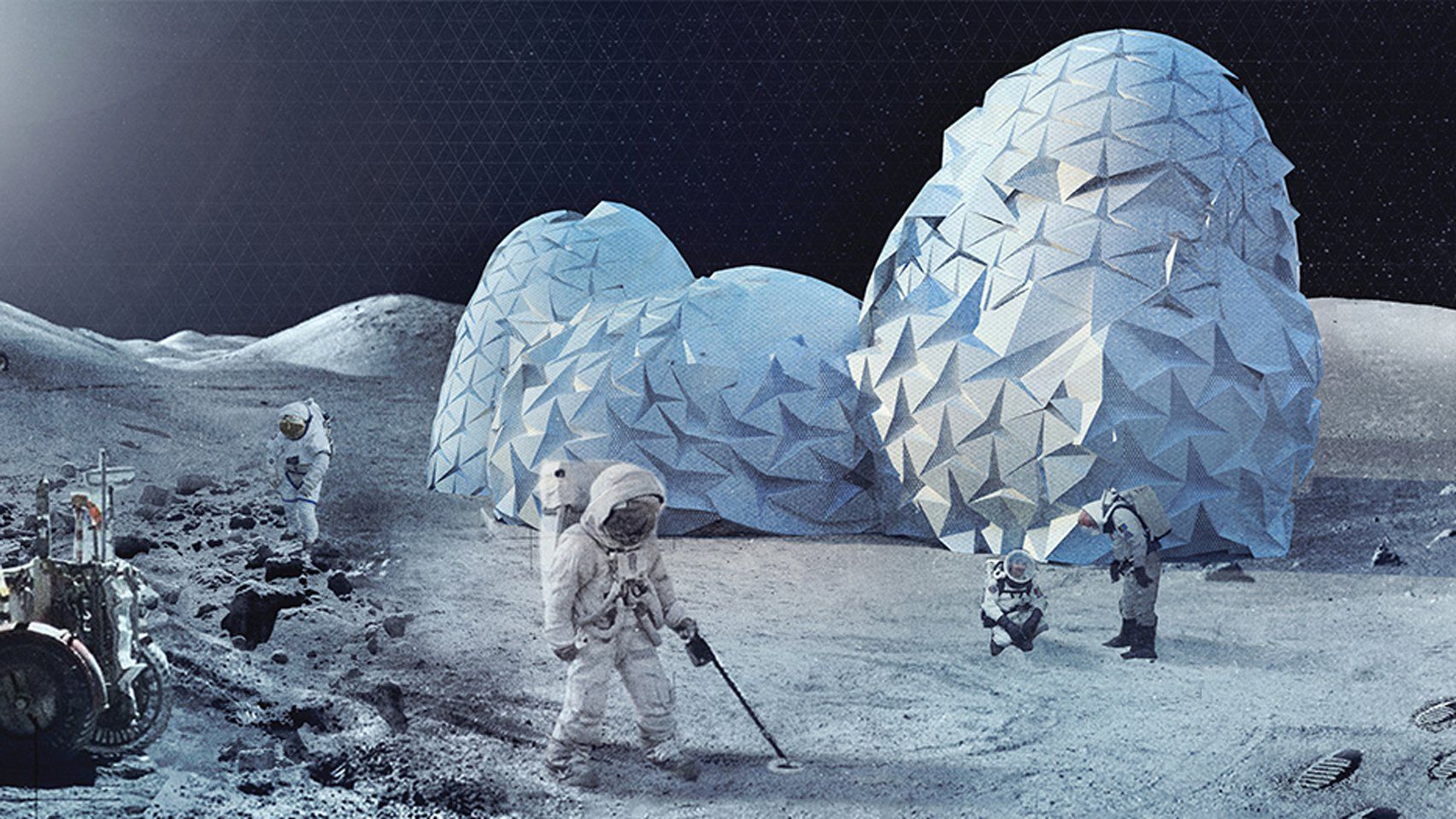
Nine space-age designs have been revealed as the winners of the Moontopia competition, which asked architects and designers to visualise life on the moon.
Entrants to the Moontopia competition were asked to draw up plans for a self-sufficient lunar colony for living, working, researching and space tourism.
One winner and eight runners up were selected from hundreds of proposals submitted to the competition, which was organised by architecture and design magazine Eleven, and ran from August to November 2016.
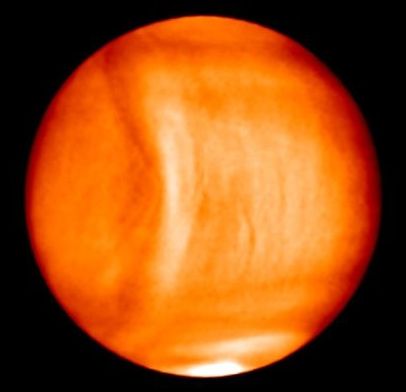

California-based commercial aerospace company Moon Express, are on track to send their Electron rocket to the Moon in 2017. The Electron is propelled by 3D printed engines made by Rocket Lab, headquartered in Los Angeles. The project is designed for Google’s modern-day space race: the Lunar X Prize.
3D printed engines
Nine liquid-propellant Rutherford engines are behind the Electron. The rocket engines, the first to use 3D printing for the all core parts, use kerosene and liquid oxygen (LOX) for fuel.
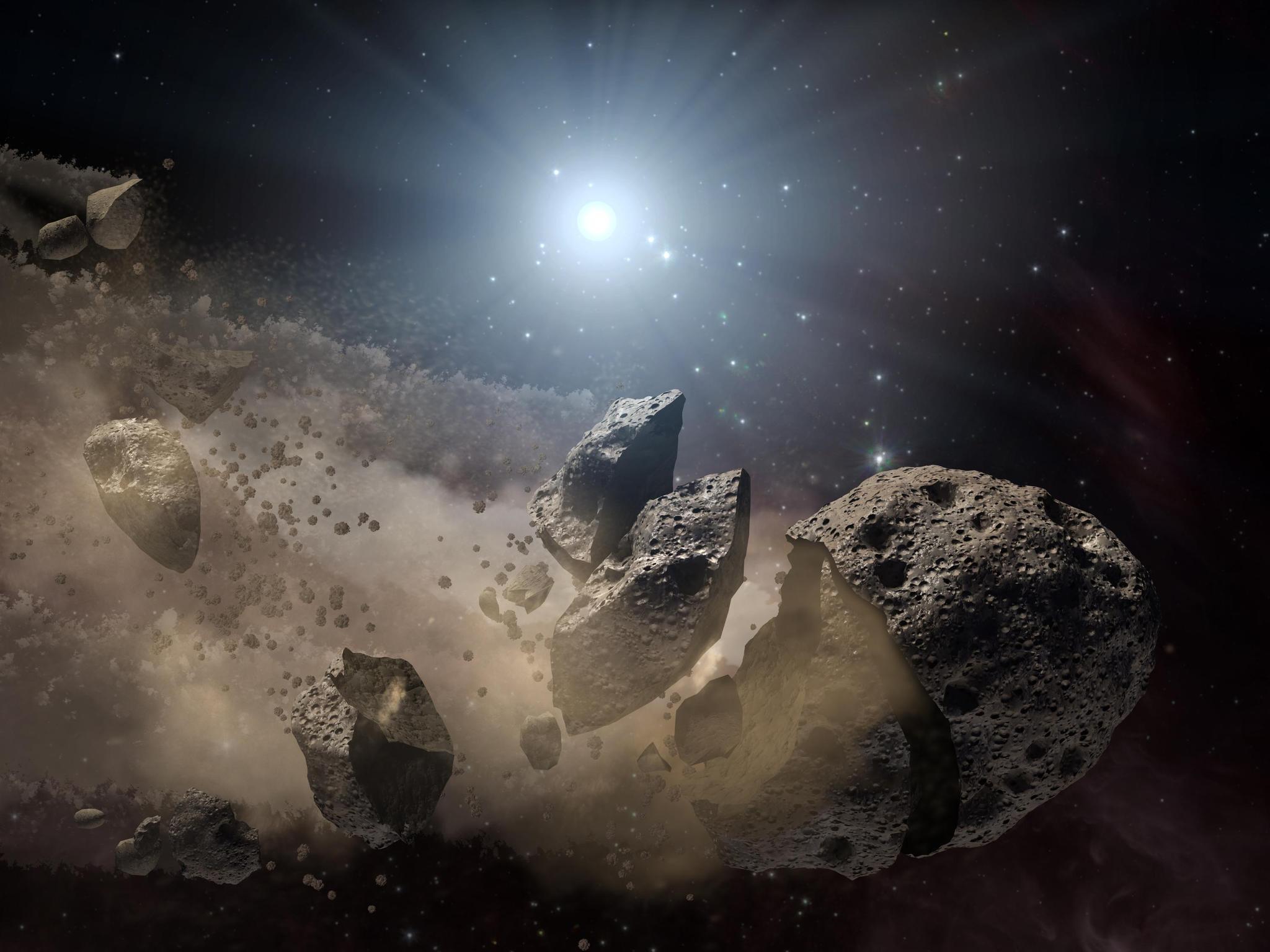
By Kelsey Tollefson | Executive Editor John Lenker
The notion of harvesting resources from extraterrestrial sources is not a new one. The lure of untold bounties—orbiting just out of reach—has prompted generations of poets and presidents alike to expound upon the potential applications of space mining. These days, “space mining” is no longer a mere pipe dream.